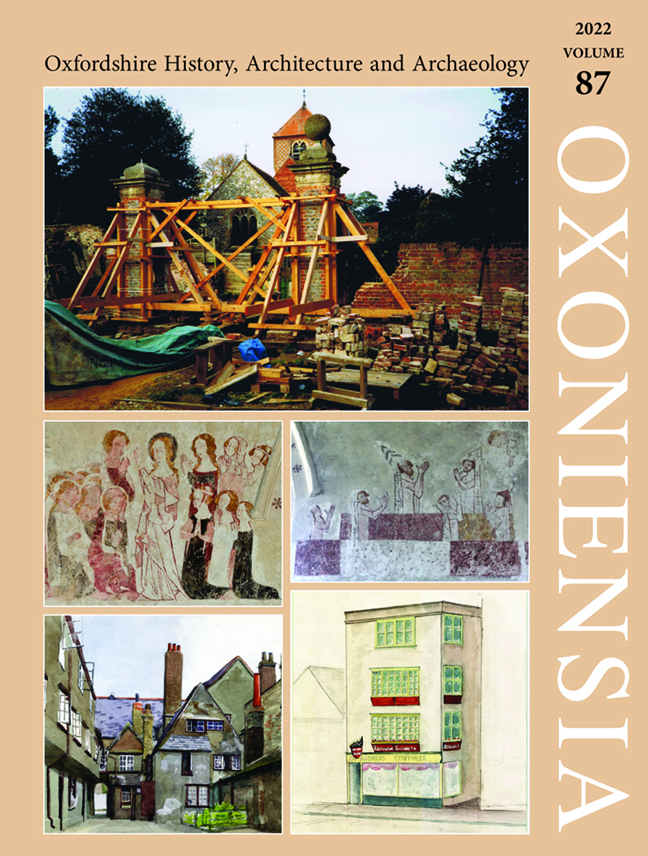Sue Clifford (ed.), Berkshire Schools in the Eighteenth Century
Published online by Cambridge University Press: 17 February 2024
Summary
This volume offers, in useful gazetteer form, a parish-by-parish account of all the schools known to have operated in Berkshire during – according to the title – the eighteenth century. The title is misleading, however, in two ways, because the scope of the compilation was set very generously in terms of both geography and time-span. The ‘Berkshire’ in question is neither the county as it is today nor that of the eighteenth century. It includes all of the parishes in Berkshire as it was in 1833, excepting two detached parishes within Oxfordshire; but it also includes two islands of Wiltshire which lay within Berkshire, and several other parishes which have been added to Berkshire from Hampshire and Oxfordshire since 1833. The time-span indicated by the title is misleading in that ‘eighteenth century’ is used as a shorthand term for the ‘long eighteenth century’, which is itself a shorthand term used by scholars who prefer to periodise history into chunks that begin and end with events representing the tone for the intervening years. Typically, British historians think of the ‘long eighteenth century’ as starting with the restoration of the monarchy in 1660 or the Glorious Revolution of 1688 and ending with the Battle of Waterloo in 1815 or with the Reform Act of 1832. This volume begins in 1660 and ends in 1833, which allows the inclusion of the parliamentary survey on the state of schools made in the latter year. The use of ‘eighteenth century’ in the title of this work may therefore misrepresent the content to potential readers. Although it is a small point, it would be preferable for such volumes to be given more accurate titles.
The gazetteer is preceded by a substantial and well-executed introduction dealing with the development of educational provision over the period; it is divided into sections dealing with types of school, teachers, premises and school life. There is a tendency to dwell on educational provision as a tool for maintaining social order.
- Type
- Chapter
- Information
- Oxoniensia , pp. 482 - 483Publisher: Boydell & BrewerPrint publication year: 2022



